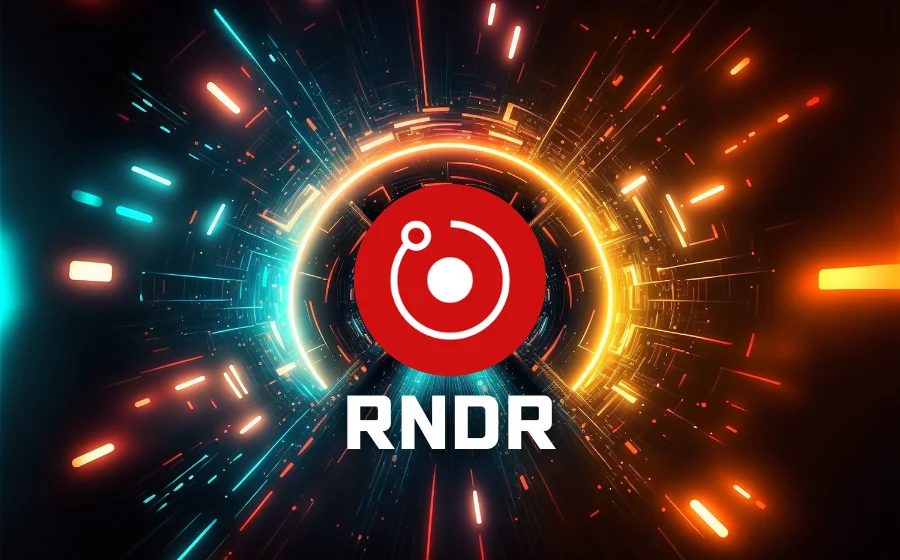
KEYTAKEAWAYS
- SATS simplifies Bitcoin transactions by breaking BTC into smaller, more manageable units.
- SATS operates on the Bitcoin network using the Ordinals protocol and BRC-20 standard.
- SATS offers scalability without smart contracts but faces security and regulatory challenges.

CONTENT
SATS, the smallest unit of Bitcoin (BTC), its role in simplifying transactions, and its unique position in the crypto world. Discover the advantages and challenges of SATS.
WHAT ARE SATS (ORDINALS)?
Bitcoin (BTC) is the world’s first cryptocurrency, and a satoshi or sat(s) is the smallest unit of BTC. One satoshi equals 0.00000001 BTC, named in honor of Bitcoin’s anonymous creator, Satoshi Nakamoto.
The satoshi was created to simplify Bitcoin transactions. As BTC’s value increases, smaller transactions require smaller units for ease of calculation and processing. This makes Bitcoin transactions more convenient, especially for microtransactions. It also allows investors to enter the Bitcoin market at a lower cost, such as buying $1 worth of Bitcoin instead of a whole BTC.
When referring to amounts less than 1 BTC, people often use the term “sat.” For example, if someone buys 0.0001 BTC, they might say they bought 10,000 sats.
Besides sat, Bitcoin has three other units:
(1) 1 BTC = 1,000 millibitcoin (mBTC), which is 0.001 BTC or 100,000 satoshis (100,000 sats).
(2) 1 BTC = 1,000,000 microbitcoin (μBTC), pronounced “you-bit,” which is 0.000001 BTC or 100 satoshis (100 sats).
(3) 1 BTC = 100 billion millisatoshis (msat), the smallest unit of Bitcoin used in the Lightning Network. One millisatoshi equals 0.00000000001 BTC or 0.001 satoshis.
SATS is a digital asset that leverages satoshis on the Bitcoin blockchain and is encoded according to the BRC-20 token standard.
SATS uses the Ordinals protocol to create a token economy on the Bitcoin network, allowing the creation and transfer of BRC-20 tokens linked to Bitcoin units (satoshis). Notably, SATS operates without smart contracts, enabling users to create tokens by writing specific files to satoshis.
SATS is the ninth inscription token under the BRC-20 protocol, known fully as satoshis, the smallest unit of Bitcoin, also called “bitsats.” One BTC equals 100 million satoshis. The total supply of SATS is 2.1 quadrillion, corresponding to 21 million BTC. SATS has gained more market interest than the veteran token ORDI, becoming a standout in the token economy.
Through this method, SATS has emerged as a new type of digital asset, enabling the creation and transfer of tokens on the Bitcoin network, further expanding Bitcoin’s applications.
>>> More to read : Ordinals (ORDI): Bitcoin’s Memecoin NFT Revolution
ADVANTAGES AND DISADVANTAGES OF SATS (ORDINALS)
- Advantages
1. Scalability: SATS contributes to the scalability of the Bitcoin network, allowing for the creation and transfer of BRC-20 tokens associated with Bitcoin units (satoshis).
2. No Smart Contracts Needed: Since SATS is based on the BRC-20 token standard, it operates without relying on smart contracts, simplifying the token creation and management process.
- Disadvantages
1. Security Issues: As a new technology, SATS may face potential security risks, requiring ongoing monitoring and improvements.
2. Regulatory Uncertainty: Like other crypto assets, SATS may encounter regulatory challenges and uncertainties on a global scale.
3. Price Volatility: The market price of SATS can be highly volatile, posing risks to investors.
>>> More to read : Runes Protocol: Is it Hot or a Flop?
DIFFERENCE BETWEEN BTC AND SATS (ORDINALS)
The main difference between BTC (Bitcoin) and Sats (Satoshis) is that BTC is the primary accounting unit on the Bitcoin network, while Sats is the smallest accounting unit. One BTC equals 100,000,000 Satoshis (Sats), meaning that one Satoshi is equivalent to 0.00000001 BTC.
SATS (ORDINALS) SUMMARY
SATS, an important digital asset on the Bitcoin network, introduces a token economy leveraging satoshis. By following the BRC-20 token standard through the Ordinals protocol, SATS operates without the need for smart contracts. With its broad use cases and scalability potential, SATS holds a unique position in the cryptocurrency world.
>>> More to read : Runes, the New Protocol on Bitcoin Blockchain You Should Know About
FAQ
- What are SATS ?
SATS is an abbreviation for Satoshis, which is the smallest unit of Bitcoin (BTC). Each Bitcoin can be divided into 100,000,000 Satoshis.

















